In late 2005, Turfway Park in Northern Kentucky became the first track to be fitted with a synthetic surface in the United States.
Eight other tracks followed. Synthetic tracks are thus now in use at only nine out of 129 tracks in North America, including four in California – Hollywood Park, Santa Anita, Del Mar and Golden Gate Fields.
A week after Barbaro broke his leg in the 2006 Preakness, the California Horse Racing Board mandated that all the state's racetracks replace their dirt with synthetic surfaces by the end of 2007.
The others tracks that use synthetic surfaces are: Arlington Park near Chicago; Turfway Park and Keeneland in Kentucky; Woodbine near Toronto; and Presque Isle in Erie. These latter five tracks voluntarily made the change partly because of racing days lost to cold-weather conditions.
So it was, that when racing experts assembled at the one day forum convened by the New York Task Force in at the Fisag-Tipton Sales Stable in New York at the end of July, the participants had access to opinions drawn from different areas of expertise, derived from two-and-a-half year’s experience of racing on synthetic racing surfaces.
The Task Force group was created to investigate whether New York State should swop its track surfaces from dirt to synthetic and the forum received input from seventeen racing experts, from track managers to veterinarians to trainers and jockeys.
I have decided to group the comments quoted under four different headings for greater clarity. These different areas will mean different things to different people and they are listed in no particular order.
Management feedback:
Charles Hayward, president and CEO of the New York Racing Association, was reluctant to approve synthetic tracks.
When asked if he wished the Saratoga Race Course had a synthetic track during previous week’s downpour, Hayward deflected the question with the answer, "I wish we hadn't had rain."
"It's a little scary as an industry when we're just making it up as we go," Hayward said. "I think we have a long way to go to develop more research and get a better understanding.
"NYRA's going to be led by the data," Hayward said, and his presentation made it clear that he doesn’t believe the current level of data is sufficient to act upon.
“There is no science behind it ... no real track maintenance protocols. We need more research, more metrics,” said Hayward.
Hayward also pointed out what he called the “entrepreneurial, thinly capitalised” nature of businesses currently offering synthetic surfaces.
Hayward cited the well documented problems Santa Anita had with their Cushion Track (Santa Anita lost an unprecedented 11 meetings due to drainage problems) and the ‘disappointing’ level of response from the company when approached to repair the drainage problems that had led to cancellations at the track.
“You should be concerned (about these vendors) when you are talking about the backbone of the industry,” concluded Hayward.
(A most important point here is that the Cushion Track company who was responsible for the original synthetic track at Santa Anita is the same company that laid the track at Corbould Park at the Sunshine Coast and who have the contract to do the same at Toowoomba. It is a British based company. The job of repairing and re-laying the Santa Anita track was eventually given to Pro-Ride, an Australian company).
Turfway President Bob Elliston told the Task Force that the track had experienced a sixty percent decrease in breakdowns.
Turfway also benefitted by a fifty-three prevent decrease in maintenance costs, and a significant increase in turnover since it switched from dirt to Polytrack in 2005.
Elliston qualified those figures by warning that the synthetic surface should not raise unrealistic expectations in terms of its role in eliminating catastrophic injuries, the decline in costs was largely due to the track requiring less work in winter and other tracks would not necessarily see such savings, and that the increase in turnover could be attributed to fewer cancellations.
"Whatever the benchmarks, we have to hold all tracks accountable - but that doesn't mean mandating going synthetic. We need to hold all track officials and track superintendents to standards of safety across all surfaces," said Elliston.
Richard Shapiro, head of the California Horse Racing Board, gave his view on the relationship between track and injury.
“Unfortunately, none of these tracks can or will eliminate fatalities,” said Shapiro. “Injuries will occur for a variety of reasons, even if horses raced on air.”
Veterinarian feedback:
Veterinarian Dr. Mark Cheney pointed out that injuries requiring surgery to remove bone chips from knees and ankles have been reduced in horses training and racing over synthetic tracks. But, at the same time, Cheney said he has seen an increase in the number of injuries to the hindquarters and soft tissue tendons and ligaments.
He said there has also been an increase in fractures involving the sesamoid bones, part of the ankle structure.
Cheney said synthetic surfaces do not allow the front hoof to slide forward when it hits the ground. He pointed out that ‘soft injuries’, such as tissue damage, are not life-threatening, but they could end a horse’s racing career.
The core issue is, according to Cheney, is surface maintenance. “Hard tracks create injuries and orthopedic lesions.”
Cheney’s opinion was not a conclusive one in terms of the role of the synthetic surface in injuries detected.
Other veterinarians noted that is remains unclear if synthetic tracks produce more ‘soft tissue injuries’ (tendons and ligaments) as there are too many variables (pre-existing conditions, training methods etc) to make a measured judgment.
Dr. Rick Arthur, a veterinarian based in California , said racing on synthetic surfaces has significantly reduced the rate of fatal injuries (in California the rate of fatalities is three for every 1000 starts on dirt tracks compared to 1,24 for every 1000 starts on synthetic tracks) but he stopped short of giving full credit to the racing surface.
"It's easy to blame the racetrack, but studies (of injuries not limited to the catastrophic) have produced conflicting data," Arthur said. "It is naive to think that the surface is the only factor. There are a number of other management issues, including the way horses are trained.
"If you look at all the tracks (with synthetic surfaces) we're still seeing a marked decline in racing fatalities," Arthur said.
"Training data is a bit different. You don't see a big difference between synthetic and dirt. In my opinion, if you train on a synthetic surface and race on dirt, you'll have fewer fatalities."
In spite of the conjecture, Arthur does believe that synthetic surfaces eventually will become the industry standard.
“I do think that the marketplace will eventually demand synthetic surfaces once some of the growing pains, some of the ambiguities on how to maintain them and how to construct these racetracks, are solved,” said Arthur
.
“It’s such a financial benefit to the racing industry to keep horses racing longer that they’ll do it whether it’s mandated or not.”
A further point raised was the potential respiratory impact of artificial material on horses and riders.
Trainers were unanimous in their verdict saying they had not seen any evidence of horses suffering respiratory problems because of the synthetic surface.
Jockeys, on the other hand, felt they had not got off so lightly. (See jockey feedback).
Trainer feedback:
Two of New York's top trainers, Rick Dutrow Jr., trainer of Kentucky Derby winner Big Brown, and Hall Of Famer Nick Zito opposed any switch to synthetic surfaces.
"I would be completely lost training and racing on it. I'll never go back to California. Hopefully, they don't invade New York," said Dutrow with his normal candour.
Nick Zito, with stables at Belmont and Saratoga, is a leading critic of synthetic surfaces, which he calls "stuff from your attic."
Zito, who has trained the winner of all three Triple Crown races and who is Chairman of the National Horse Protection Coalition, is a staunch supporter of racing on dirt.
"God made dirt and grass," said Zito. "If you overreact, you're taking a lot away from the sport. You'll spin the wheel a different way.
"This is a very big issue for the whole industry that needs to be discussed," continued Zito.
"Why spend $50 million on synthetic garbage we know nothing about? Before we rush to judgment again, shouldn't we study how much money it would take to put in safe, state-of-the-art dirt tracks?"
Zito held up Oaklawn Park as an example of how track maintenance issues can be monitored for optimum performance. Oaklawn established an on-site laboratory to test soil and monitor the surface with remarkable results in limiting injuries.
Top trainer Todd Pletcher said, “So far, we haven't seen enough synthetic tracks to be sure of anything."
Pletcher, who has two years experience with artificial surfaces, thinks that more study is needed on the subject. He thinks it could take ten years before any true conclusion can be drawn.
Pletcher’s suggestion was that a synthetic track be laid inside the two turf tracks at Belmont Park to be used for training in winter and for washed out turf meetings while a study is made of the tracks usefulness.
Dale Romans, a Kentucky-based trainer who conditioned 2004 top male turf horse Kitten's Joy, gave his experience of synthetic tracks.
He told of sending twelve horses to California's Del Mar track, which runs on synthetic surfaces and said he, "ended up with a dozen sore horses."
"The places where they've installed synthetic surfaces, that's where the worst tracks were anyway," Romans said. "Anything they did was an improvement. That's not to say that if they'd installed better dirt tracks that things would have been different. I've seen injuries on both."
“I think its fine to train on, but I don’t think it’s a good surface to race on,” said trainer John Shirreffs.
“For horses to run well, whether it’s on dirt or turf, they need to have a bottom, something to push off of. Synthetic surfaces don’t have a firm bottom for the horse to get a hold, so they really struggle on it.
“As for the injury factor, you have soft-tissue injuries and hind-end problems on synthetic surfaces. A lot of young horses don’t like it because it has the give but not the bounce-back factor.”
Mark Casse, one of the strongest supporters of synthetics in then training ranks, said he felt any rise in ‘soft tissue’ injuries had to do with better veterinary care that is currently available compared to the past.
"We've become more aware of hind-end issues in the last five years," said Casse. "Now that we have different ways of diagnosing, we're finding injuries where we might not have before."
Jockey feedback.
A point that all the jockeys made was that horses hit the artificial surfaces so much differently than they do dirt that it was difficult at times to tell how a horse was going over the track.
Richard Migliore, a seasoned jockey, admitted taking a horse to the start in spite of the fact he thought his mount short was not warming up properly, believing the track was "a safety blanket.”
The horse then suffered an injury in the running.
"I should have followed my instincts,” Migliore said.
Trainer Mark Casse, quoting his regular rider Patrick Husbands, said, "They hit so sweet on it, it's hard to tell if they're sound."
With regard to any possible negative impact that the surface may have on riders, the following observations were put into play.
“I thought I was having an allergic reaction to Pro-Ride,” said Migoliore.
“My eyes were getting irritated. There were discussions on and off, where some of the jockeys were talking about wheezing. We talked about it, but that was as far as it went.”
“When it was hot at Keeneland I was getting nosebleeds,” offered Johnny Velazquez.
Velazquez said he was more comfortable riding on synthetic tracks when weather conditions were bad, as rain and mud made for poor visibility.
He did however also indicate that he felt, “We can put our attention into the tracks we do have as opposed to something we don’t know about.”
The idea of improving the general standard of track maintenance – whatever the surface – was an over-riding theme at the forum.
Jockeys concluded that the issue deserved more study and they supported the idea of an installation of a synthetic surface on at least one training track in New York so that trainers and jockeys could get a better feel for the surface and decide whether they liked it or not.
So there you have it – a cross-section of comments, from professionals of the highest order, on a very important subject.
The third article on this subject follows below. The Cushion Track (Part 3 – The Conclusion) weighs up the evidence and considers its verdict.
Wednesday, September 24, 2008
Subscribe to:
Post Comments (Atom)

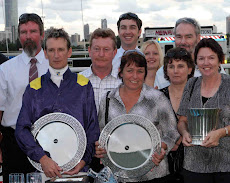
























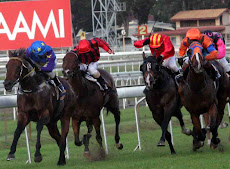
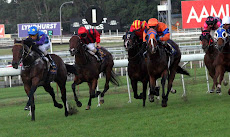
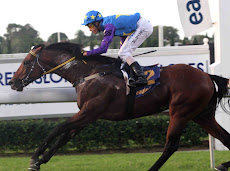
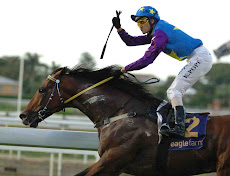













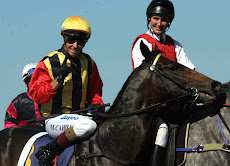

























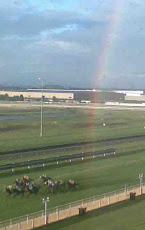



















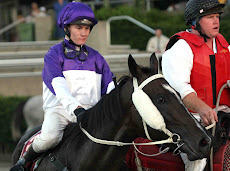














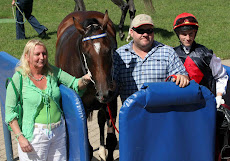








































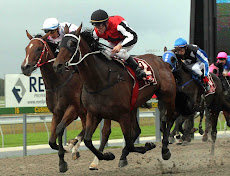































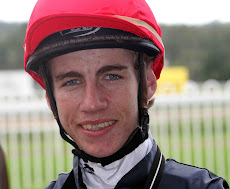






























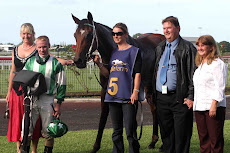
















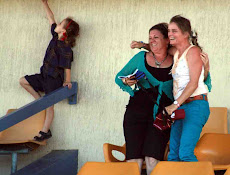









































































































































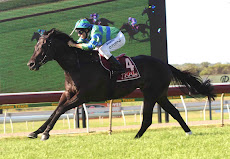








































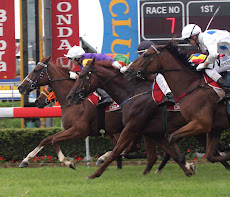

























































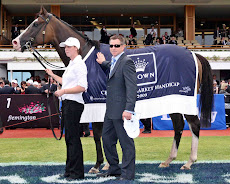
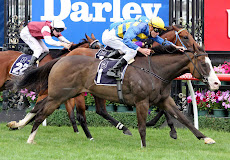
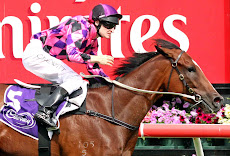
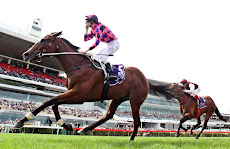



































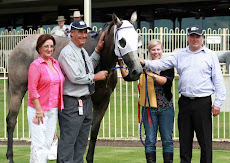
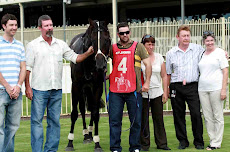













































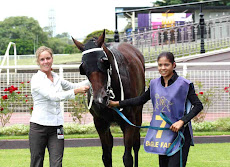


































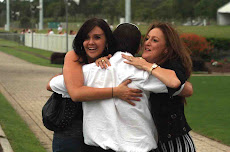









































































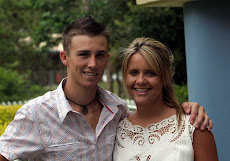













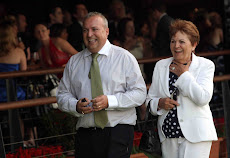




































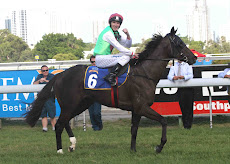












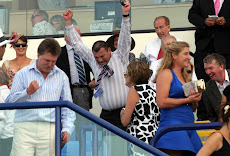






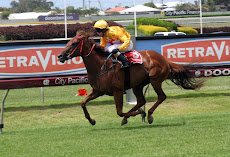
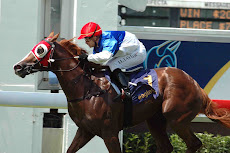




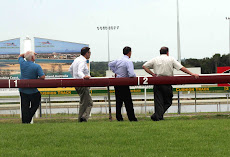


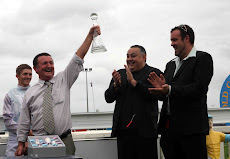



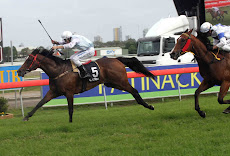



















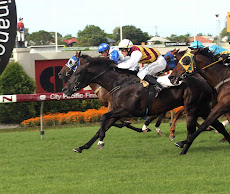





























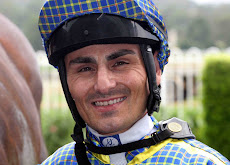



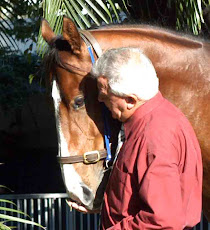
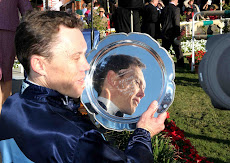








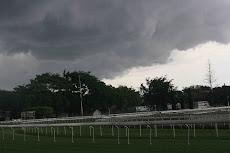













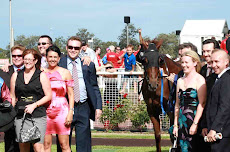






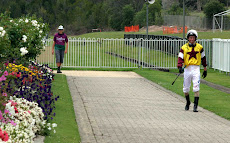




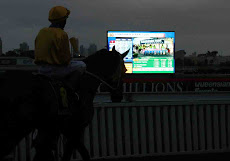


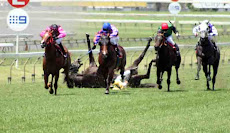



















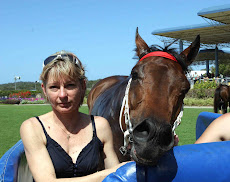







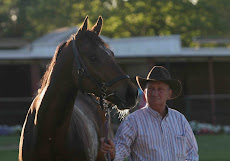

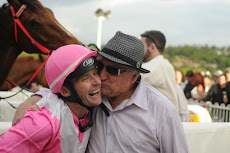

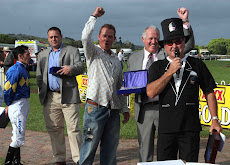


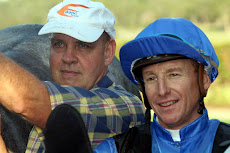



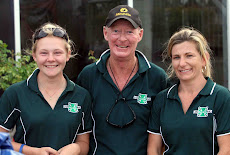











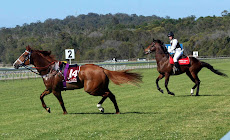




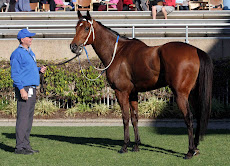


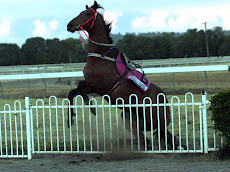
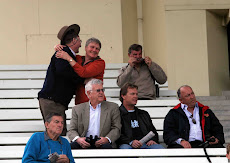

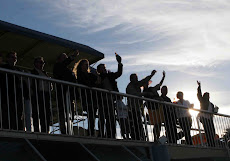








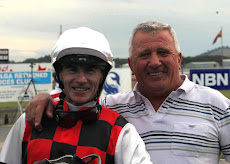
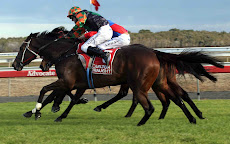
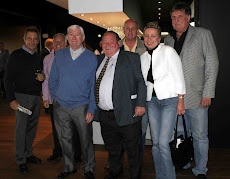
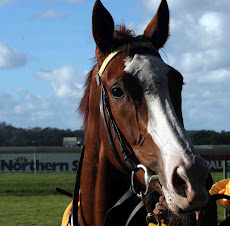
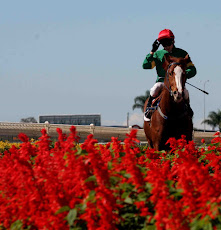
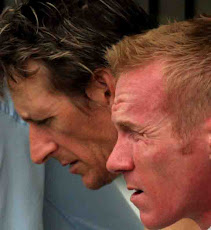

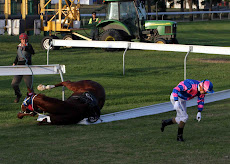
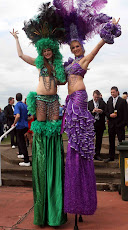
No comments:
Post a Comment